Do you have a fluffy, cute pet at home that makes you feel annoyed? Although they are very lovely, the poop they leave behind is really a big headache for many people when it comes to cleaning. Unlike other types of trash, its shape is unpredictable, and sometimes it's wet... This creates cleaning difficulties for many families, and sometimes, an unsuitable robot vacuum can even make the situation worse.
With technology getting better, can robot vacuum cleaners solve the dog poop problem these days? The answer is yes. With a good obstacle avoidance system, they can clean up dog poop instead of smearing it.

Why Traditional Robot Vacuums Fail the "Poop Test"?
If you've ever owned a basic robot vacuum, you know sometimes they can be clumsy. They bump into furniture, get tangled in cables, and, most disastrously, they can't really tell what's regular trash and what's dog poop. Here's why these older models are a gamble in a pet owner's home.
They Navigate by "Feeling" Their Way Around
Basic robot vacuums use "bump and turn" to get around. Think of a robot gently bumping its way through your home: it goes straight until it hits something, like a wall or chair leg, then turns and keeps going. Some models have simple infrared sensors that work like weak flashlights to spot big things.
Unlike a smart navigation robot vacuum that plans its route, these basic models work blindly. This works okay with common hard obstacles like furniture or larger trash. But pet messes? Their shapes are irregular, and sometimes, they can be soft and wet, or much too low for the regular sensor to detect. So once the cleaner hits the poop, trouble starts... and triggers what pet owners online call a "poopocalypse."
Their Brushes Are Designed to Sweep... and Smear
That's when things get really bad. Once those wheels and brushes get dirty, the robot keeps cleaning like nothing happened. The spinning brushes that usually sweep up dust and crumbs don't know they hit something messy.
The brushes grab the soft, wet waste and spread it in circles across your floor. Each spin makes it worse: they throw pieces everywhere and push the mess deep into your carpet or across your hard floors. The robot keeps moving, leaving a trail of smeared waste as the dirty brushes and wheels carry the mess from room to room.
One small accident becomes streaks and smears all over your house. The robot turns into a mess-spreader until you catch it and turn it off.
They Can't See What's Right in Front of Them
The root cause of all these problems is simple: pet waste is hard to spot. It's usually small, soft, and sits flat on the ground, perfect for slipping past detection. Wet accidents are even worse since there's nothing solid to detect.
This gets worse in certain situations:
- Dark rooms - Sensors don't work well in low light, so robots bump into more things
- Thick carpets - Carpet texture hides pet accidents from sensors, making detection even harder
- Messy areas - Around toys and cords, robots think everything is normal stuff to go around, including accidents
Once the robot hits the mess, the disaster spreads quickly throughout your home.

How Smart Robot Cleaners Avoid Pet Waste?
The latest robot vacuums have evolved from simple cleaning gadgets into truly intelligent home assistants. They avoid pet waste not with one single trick, but by combining several layers of advanced technology that allow them to perceive, understand, and navigate the world in a way that older models never could. The Dreame X50 Ultra is a prime example of this technology in action.
AI Recognition (Seeing "what" it is)
The first major upgrade is equipping robot vacuums with a reliable method for identifying objects. A front RGB camera continuously scans the path ahead, while onboard AI models classify what it sees: cables, socks, pet bowls, shoes, and pet waste. Instead of guessing by shape alone, it uses a trained library of everyday items to choose the right response (avoid, slow down, reroute). Modern systems recognize well over a hundred object types, including pet messes, so the robot vacuum can clean smartly rather than blindly. For example, the Dreame X50 Ultra's AI can identify up to 200 different types of objects, including dog poop. It's a true AI robot vacuum that can clean smartly.
Depth Sensing & Low-Light Vision (Knowing "where" it is)
Cameras need help in dim rooms—under beds, at night, or on rainy days. That's why advanced bots pair vision with active depth sensing:
- Structured light or dual-line laser projects a "visual" pattern or laser lines onto the floor. The distortion reveals an object's shape and distance (great for small hazards like wires and socks).
- An LED fill light automatically turns on in low light so the camera can still see clearly.
Together, these give the robot the ability to perceive obstacles with high accuracy even when the ambient light is poor.
The X50 Ultra, for example, uses a 3D structured light to detect and map smaller items like wiring and socks. This system is further enhanced with built-in LED lights that automatically turn on in dim environments, like on rainy days or during late-night cleanings. This gives the robot vacuum a superpower: it can "see" and avoid obstacles with incredible accuracy, even in complete darkness.
Smart Navigation (Building the map and choosing the path)
Obstacle recognition works best when it rides on top of a robust map. High-end robots use LiDAR (often direct Time-of-Flight, dToF, inside the LiDAR unit) to create a precise 2D floor map of your home. That map handles rooms, zones, and efficient row-by-row cleaning; the front vision/depth stack adds a local 3D understanding of objects in the robot's path.
Think of it as a simple but powerful loop:
- See: The camera + depth sensors detect something ahead.
- Think: AI classifies it (e.g., pet waste) and notes its position relative to the map.
- Avoid: The navigation system plots a clean detour with a safe buffer, then resumes the route without you stepping in.
The result is fewer tangles, fewer smears, and far fewer "come rescue me" moments. Exactly what you want in a home with pets.

Buyer's Guide: What to Look For in a "Poop-Proof" Robot Vacuum
Ready to invest in a pet-friendly robot vacuum that you can actually trust? Focus on these non-negotiables so the bot avoids accidents, doesn't smear them, and still keeps up with hair and daily dirt.
1. AI Obstacle Recognition (The Most Important Feature)
Don't settle for vague "obstacle avoidance." Look for models that explicitly state AI object recognition and pet waste avoidance. That means a front RGB camera plus depth sensing (e.g., dual-line laser/structured light) and LED fill light for dark rooms. This combo lets the robot vacuum identify cords, socks, bowls, and pet messes, and steer a safe path around them.
Why it matters: Fewer rescues and, crucially, no contact with accidents—even in low light.
Some examples:
- Dreame X50 Ultra (RGB AI vision + Dual-Line Laser + LED)
- Dreame L40s Ultra (RGB AI vision + Single-Line Laser + LED)
- Budget pick: Dreame D20 Pro Plus. It offers LDS navigation and Single-Line Laser sensing. Great value, but it doesn't include AI. Choose accordingly if this is a must.
2. Mop Safety Logic
Many of the best robot vacuums are now combo vac-and-mop units. This raises a new fear: what if it tries to mop the mess? Rest assured, the same AI object recognition technology applies here. When the robot identifies pet waste, its programming overrides all cleaning functions in that area. It will intelligently navigate around the mess, ensuring its mopping pads never come close to making contact.
A "poop-proof" robot also needs the right mop management so it never drags a wet pad through trouble.
Look for:
- Mop lift for short-pile rugs (and pad removal options for long-pile).
- No-mop zones and no-go zones you can draw on the map.
- Automatic skip/ detour logic when pet waste is recognized (mopping and brushing are suppressed near the hazard).
Why it matters: Even perfect avoidance is pointless if a damp pad swipes too close.
Some examples:
- X50 Ultra and L40s Ultra pair AI avoidance with hot-wash and dry docks, so the mop pads start clean and dry after each cycle.
- D20 Plus supports no-go/no-mop zoning and auto-empty; mop care is manual.

3. Strong Pickup & No Tangled Hair
A robot vacuum that avoids poop but leaves fur-tumbleweeds everywhere isn't a complete solution. According to the Asthma and Allergy Foundation of America, pet dander is a major source of indoor allergens. A robot vacuum for pets with robust suction is essential for lifting stubborn hair, dander, and dirt from deep within carpets and hard-to-reach crevices, ensuring a not just visibly clean, but healthier home.
Look for:
- High airflow/suction, above 10,000Pa
- Tangle-resistant main brush (dual-roller or anti-wrap design).
- A sealed auto-empty bag so you're not breathing the bin.
Why it matters: You get fewer clogs if the rollers are kept clean. Sealed bags plus hot washing and drying mean less odor and less need for handling.
Some examples:
- X50 Ultra: full-service dock, premium hair and dust pickup.
- L40s Ultra: hot wash/dry + auto-empty for everyday convenience.
- D20 Plus: auto-empty for dust control at a friendlier price.
4. Navigation You Can Trust
Reliable poop avoidance rides on a reliable map.
Look for:
- LDS mapping for accurate rooms/zones and efficient paths.
- Per-room suction/water settings, schedule by zone, and easy no-go/no-mop editing.
- Low-light support (LED fill) so vision works at night.
Why it matters: You control where the robot goes and where it absolutely doesn't.
Some examples: All three vacuums like X50 Ultra, L40s Ultra, and D20 Plus offer LDS mapping and robust app control.
5. Self-Emptying System
For the most hands-off experience, choose a model with a self-empty dock. It automatically vacuums the robot's bin into a sealed bag, so you're not dumping dust and dander after every run.
Why it matters for pet homes: Weeks of cleaning without touching an allergen-filled bin.
Some examples:
- X50 Ultra and L40s Ultra pair auto-empty with pad wash/dry;
- D20 Plus offers auto-empty at a lower price point.
Quick Matching Guide
| What you need | Model | Features |
|---|---|---|
| Highest confidence, lowest touch | Dreame X50 Ultra | AI vision + full-service dock |
| Great balance of brains and budget | Dreame L40s Ultra | AI + hot wash/dry + auto-empty |
| Value pick with strong mapping and auto-empty | Dreame D20 Plus | Pet-friendly basics: verify if pet-waste AI is essential for you |
Final Check: Read Pet-Specific Reviews
Before you buy, do your homework. Don't just look at the overall star rating. Use the search function in the reviews section on retail sites and look for keywords like "dog," "cat," "pet accident," or "poop." This will filter the results to show you exactly what you need to know from people in your situation.
- No robot vacuum is 100% accident-proof. AI is excellent, not infallible. Do a quick floor check on the cleaning days.
- First-week setup pays off: Add no-go/no-mop lines around litter areas, pet beds, and food bowls; schedule runs when pets are less active.
- Keep "eyes" clean: Wipe the front camera window, depth sensors, and LiDAR with a dry microfiber so the robot can "see" accurately.
| Feature | Benefit for Pet Owners |
|---|---|
| AI Vision & Recognition | Avoids pet accidents (like poop) for mess-free cleaning. |
| Powerful Suction | Lifts stubborn pet hair and dander from all floors. |
| Smart Mopping | Keeps wet mops away from messes to prevent smearing. |
| Self-Emptying | Provides weeks of hands-free, hygienic cleaning. |
| Precise Mapping | Cleans every corner efficiently without getting lost. |
Achieving Peace of Mind in a Pet-Friendly Smart Home
So, can robot vacuums avoid dog poop? The answer is a resounding yes, but only for the advanced pet-friendly robot vacuum equipped with the right AI and sensor technology.
Gone are the days of gambling with your floors. With the right device, you gain the confidence to schedule cleanings while you're away, the benefit of a healthier home with fewer allergens, and most importantly, more quality time to spend with your furry family members. It's about removing a major source of stress and reclaiming your time and energy.
Ready to say goodbye to the fear of the poopocalypse for good? Explore Dreame's lineup of AI-powered robot vacuums and discover a smarter way to clean.















































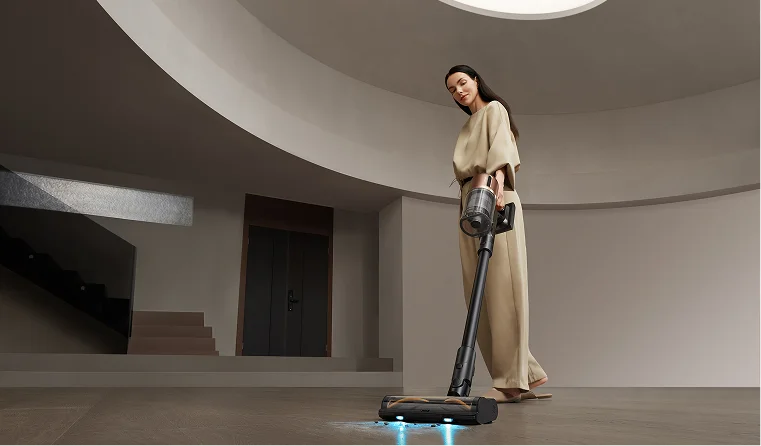
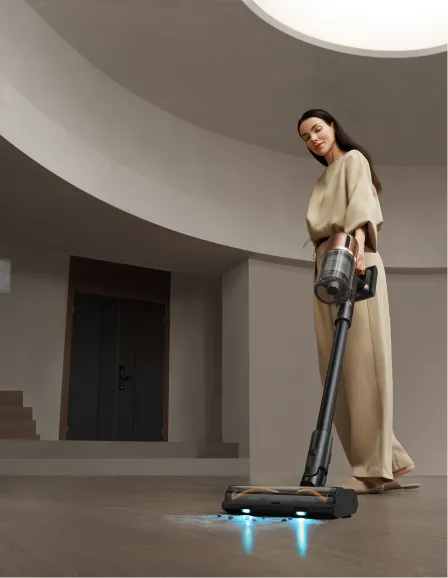

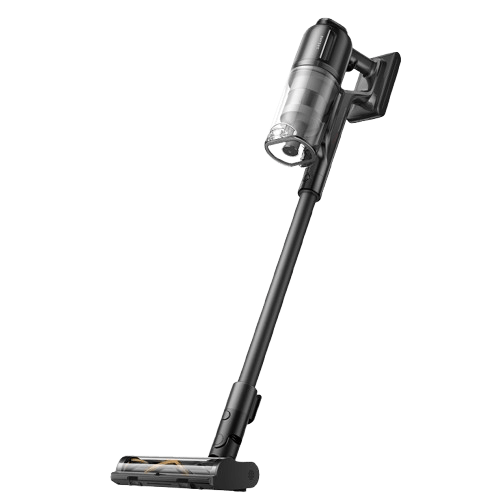

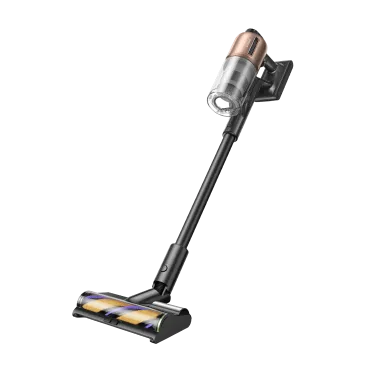
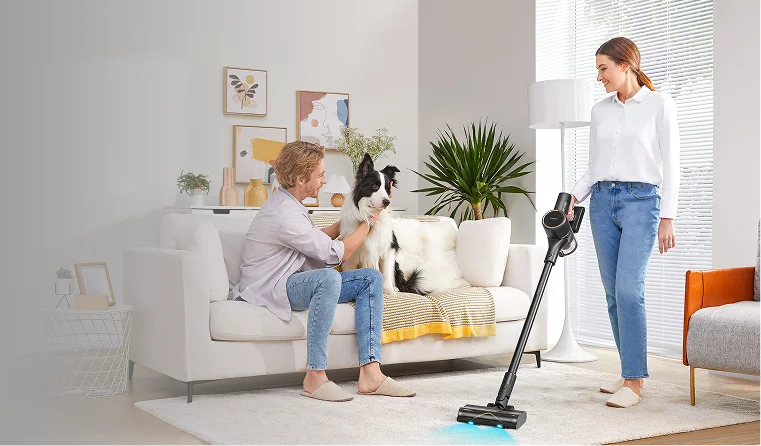
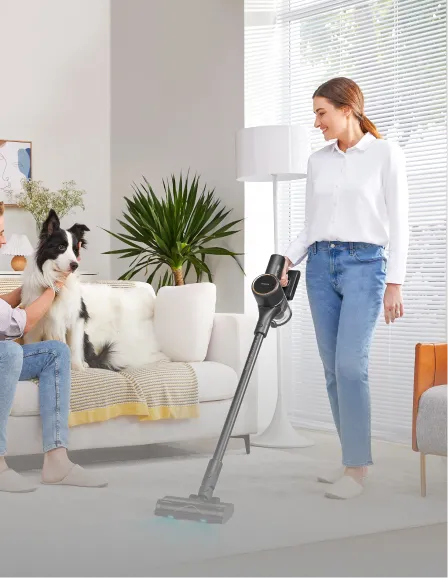
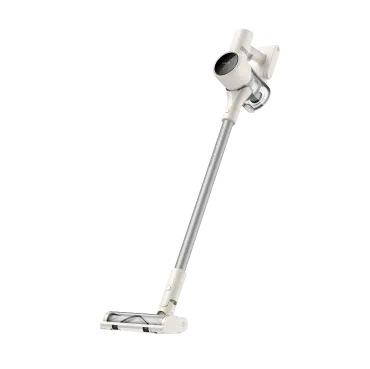
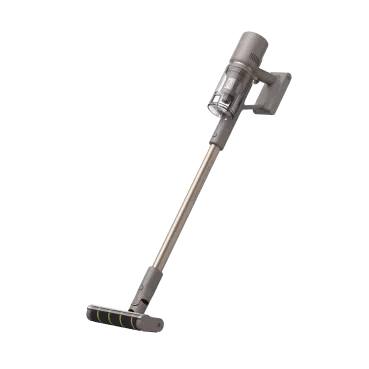
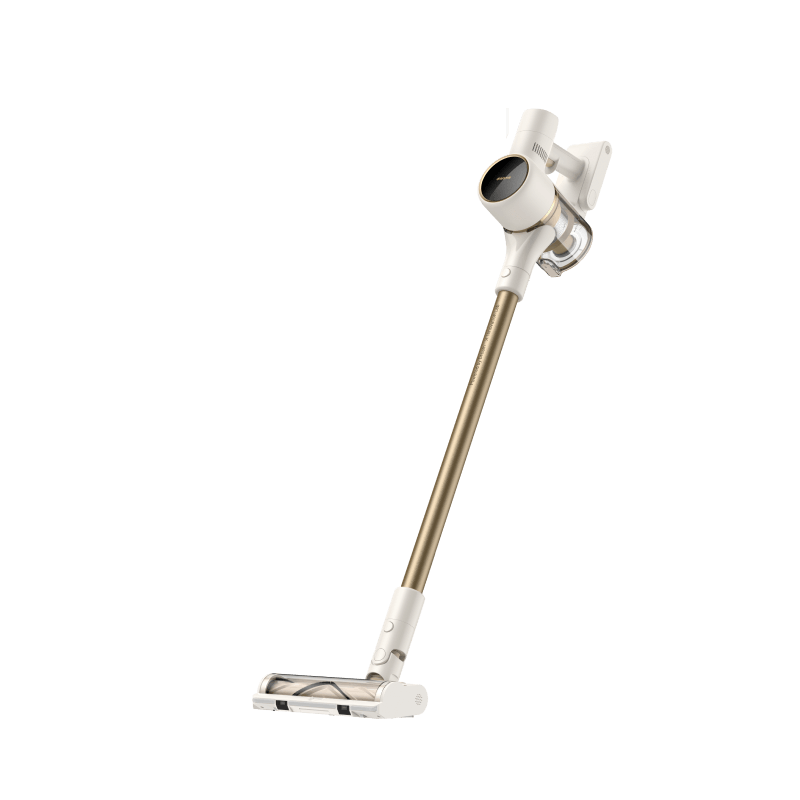
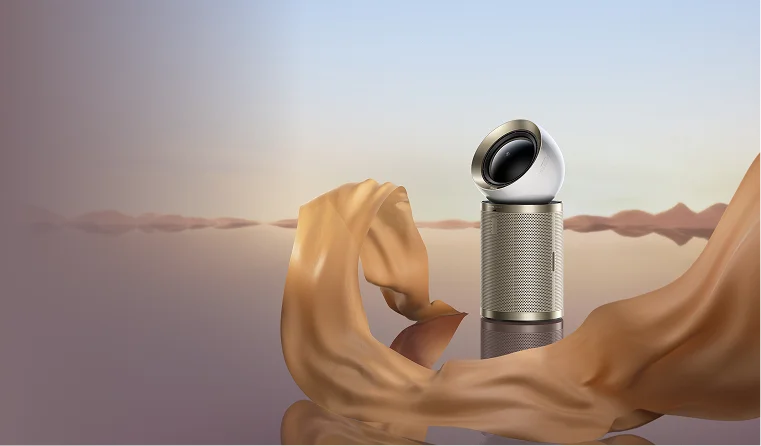
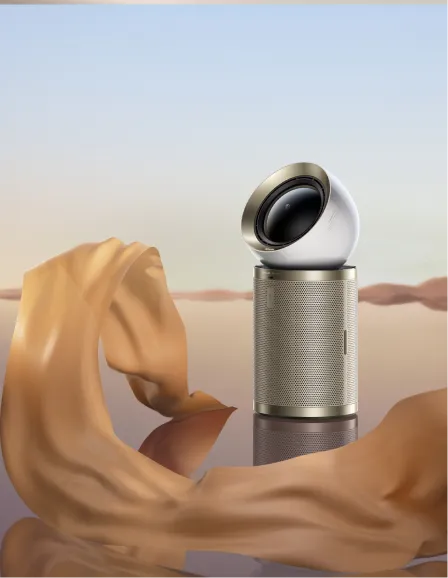

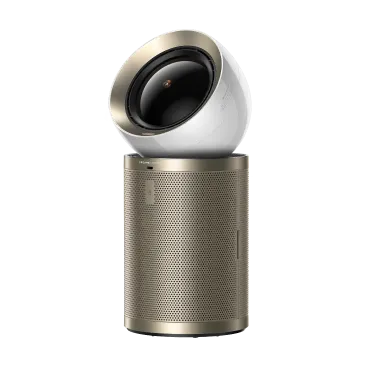

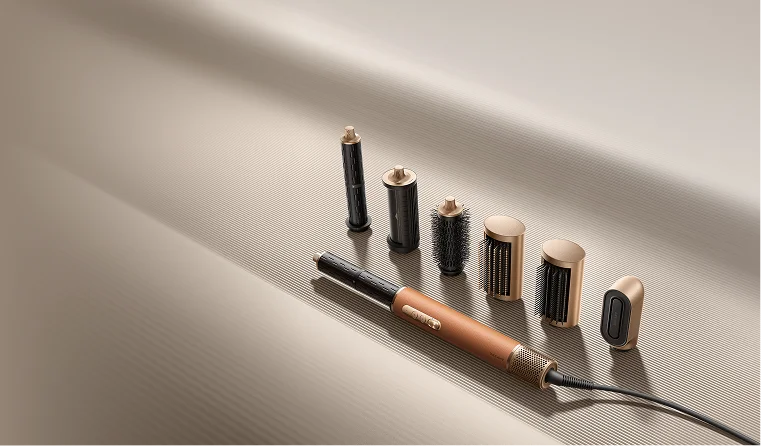
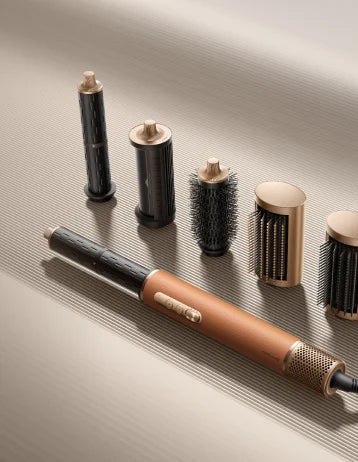
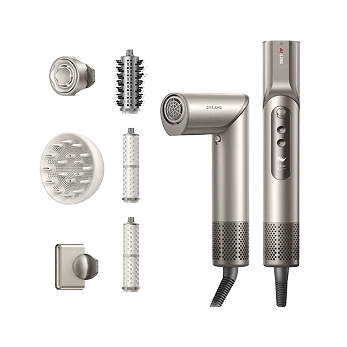
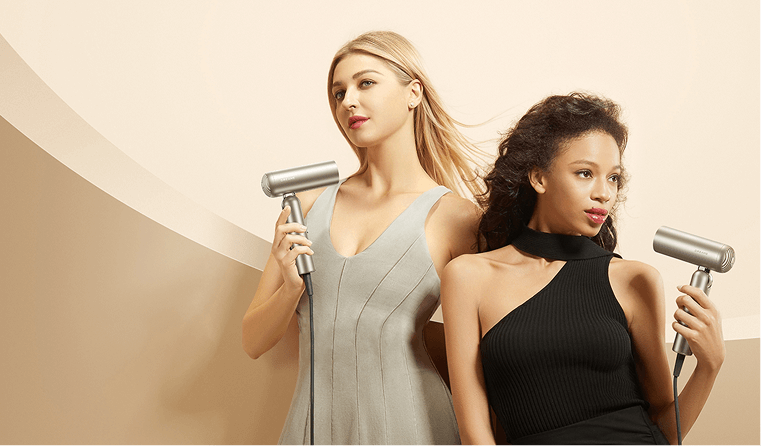

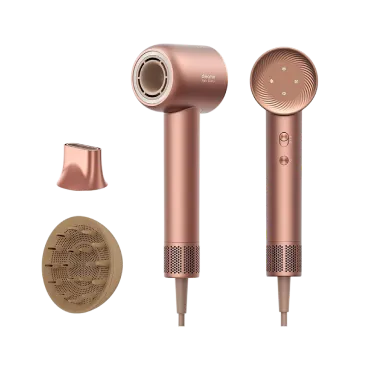
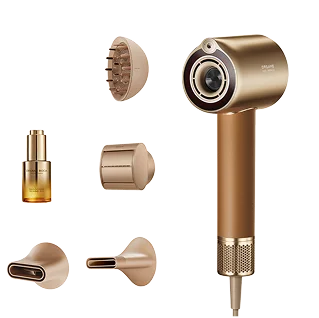




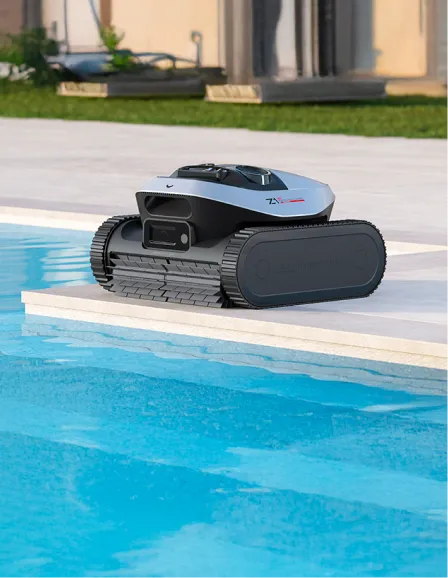
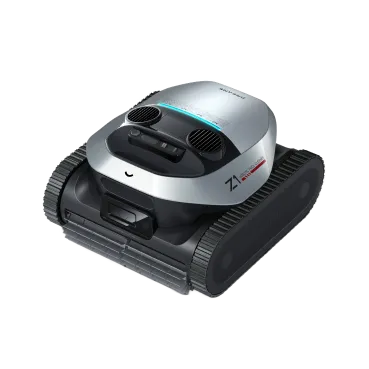
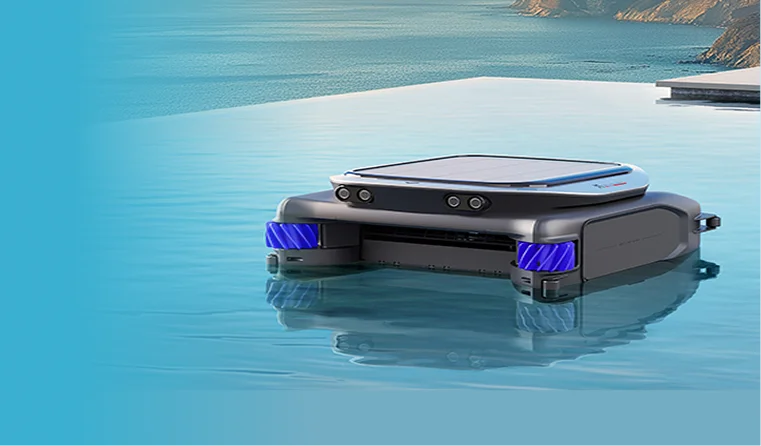











 Australia
Australia 中国大陆
中国大陆 日本
日本


 Türkiye
Türkiye


 Italia
Italia
 Netherlands
Netherlands Belgium
Belgium
 Greece
Greece Polska
Polska
 Norway
Norway
 Sweden
Sweden
 Finland
Finland
 Denmark
Denmark
 Hungary
Hungary Czechia
Czechia
 Slovenia
Slovenia
 Croatia
Croatia
 Switzerland
Switzerland United Kingdom
United Kingdom
 Canada
Canada

